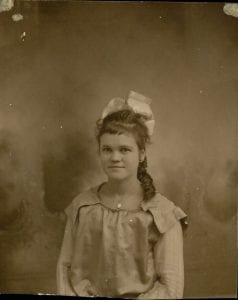By Sylvia Hernandez, Archivist
The Texas Collection posts newly accessible resources each month. If you have any questions or would like to use these materials, please let us know and we would be happy to assist!
Finding Aids
- Thomas W. Gaines papers (#1851)
- The Thomas W. Gaines collection contains correspondence, legal and financial papers, military records, and books of military tactics from the American Civil War. Gaines was a Lieutenant Colonel in the 50th Illinois Infantry.
- Alexander Hunter Chamberlin papers (#351)
- The Alexander Hunter Chamberlin papers include letters to his wife, Temperance Killinsworth Aldridge Chamberlin, about his temporary work in the California gold fields.
- Walker Family papers (#248)
- The Walker Family papers consist of correspondence, legal, financial, and photographic materials from various family members, especially James Frances Walker Jr. and William Collett Walker. The Walker Family moved to Texas from Kentucky as part of Stephen F. Austin’s Old Three Hundred Colony.
- Lucretius Harrison Graves papers (#2845)
- The Lucretius Harrison Graves papers contains the Civil War diary of Lucretius Harrison Graves, soldier in the 6th Texas Cavalry.
- Pier Family papers (#3250)
- The Pier Family papers contain transcriptions of letters written by Samuel Bradford Pier during the Civil War, color photocopies of members of the Pier family, genealogical information, photocopies of clippings, programs, and other materials.







![Cunningham, Eugene. Famous in the West. El Paso, TX: Hicks-Hayward Co., [1926]. Print.](https://farm5.staticflickr.com/4737/27679186229_438e5ec3a1_o.jpg)
![College, Belton: For Women. [Belton, TX?]: [publisher not identified], [between 1925 and 1929?]. Print.](https://farm5.staticflickr.com/4735/38748265324_f4cffd98a7_o.jpg)
![Waco 52 Playing Cards. [Waco, TX]: [publisher not identified], [2017]. Print.](https://farm5.staticflickr.com/4646/39426131812_df48b1b35b_o.jpg)
